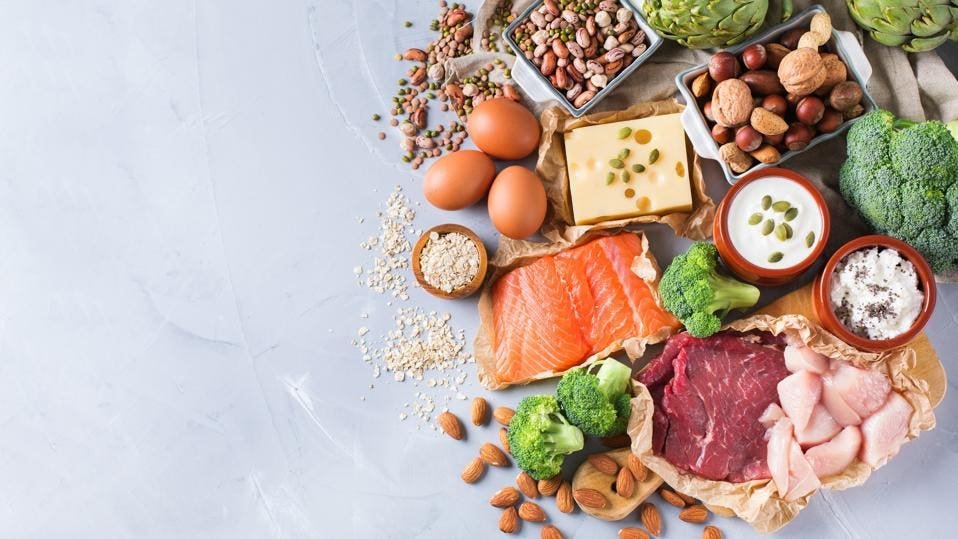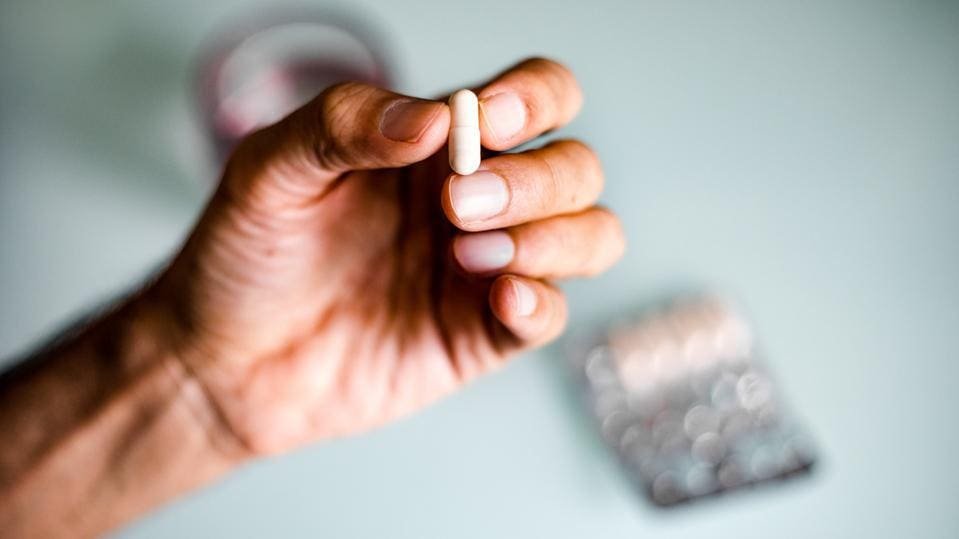[ad_1]
If you’re interested in trying a high-protein diet, the following factors can help you reach your desired results.
Don’t Leave Out Exercise
High protein helps build muscle, but only if you’re exercising, too. Lots of protein won’t help you build muscle by itself—you need exercise for that. When you’re trying to lose weight and cutting calories, eating extra protein can help prevent loss of lean muscle mass. However, if the goal is to gain muscle and boost your metabolism, eating extra protein without exercise provides helpful building blocks without anywhere to utilize them.
It’s like having a pile of wood and nails in your backyard for a beautiful, new deck. Without putting in the effort to build it, all you’ve got is a pile of rubble.
Exercise stimulates muscle growth by stressing the muscles and creating the need for repair and adaptation. Consuming the protein is step one. Challenging your muscles puts those amino acids to use.
High-Protein Diets Aren’t Ketogenic
Ketogenic diets come in various forms, but the classic version requires eating 4% or less of daily calories from carbohydrates, 6% from protein and 90% from fat.
When 96% of your calories are coming from fat and protein, that eliminates most foods with carbohydrates and fiber, which is important for weight management and overall health, says Evink.
Ketogenic diets can contribute to rapid, short-term weight loss, but the weight loss is often unsustainable. Keto can also cause significant increases in unhealthy low-density lipoprotein (LDL) cholesterol.
A typical diet for a person in the U.S. contains approximately 48% carbohydrate, 16% protein and 33% fat. Increasing protein by a few percentage points can help shift calories away from fat or carbohydrates, without the drastic changes required by keto.
Protein Sources Matter
Remember the sage advice to make sure you have lots of different colors of fruits and vegetables on your plate? Think of protein the same way. Variety is key to a healthy balance. As you experiment with increasing the protein in your diet, consider incorporating many different sources, including plant-based foods.
The current Dietary Guidelines for Americans recommends incorporating lean meats, poultry, eggs, seafood, beans, peas, lentils, nuts, seeds and soy products into your diet.
The fats that come along with those various kinds of protein can have a significant effect on body weight and the health of the gut microbiome. Red or fatty meats contain lots of saturated fat while nuts, seeds and beans have more beneficial unsaturated fats.
The takeaway here is to mix it up!
When it comes to adding more protein to your daily routine, play with your options to stay healthy and reduce the likelihood of getting bored with your diet. Space out your protein intake (have some with each meal and snacks) and keep exercising! Put that protein to work for lean muscle mass.
With all of this in place, Protein Poor, you can rest easy knowing you’re likely getting plenty of protein to help you reach your goals.
“Hey, Health Coach” is for informational purposes only and should not substitute for professional psychological or medical advice, diagnosis or treatment. Always seek the advice of your physician or other qualified health provider with any questions about your personal situation, health or medical condition.
By submitting your letter to heyhealthcoach@forbesadvisor.com, you agree to let Forbes Health use it in part or in whole, and we may edit the letter for length and clarity. All submissions remain anonymous.
Eat Smarter With Noom
Noom’s 5–minute quiz unlocks a weight loss program customized for you – now with GLP-1 options – so you can manage your health and form habits that last.
[ad_2]




